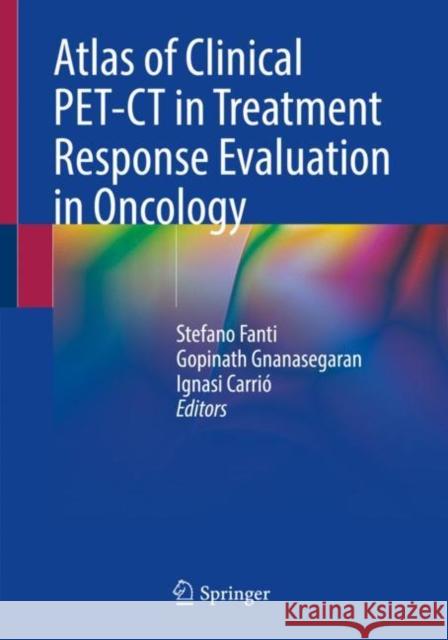Atlas of Clinical Pet-CT in Treatment Response Evaluation in Oncology » książka
topmenu
Atlas of Clinical Pet-CT in Treatment Response Evaluation in Oncology
ISBN-13: 9783030688578 / Angielski / Miękka / 2021 / 488 str.
Atlas of Clinical Pet-CT in Treatment Response Evaluation in Oncology
ISBN-13: 9783030688578 / Angielski / Miękka / 2021 / 488 str.
cena 1207,67
(netto: 1150,16 VAT: 5%)
Najniższa cena z 30 dni: 1156,64
(netto: 1150,16 VAT: 5%)
Najniższa cena z 30 dni: 1156,64
Termin realizacji zamówienia:
ok. 22 dni roboczych
Bez gwarancji dostawy przed świętami
ok. 22 dni roboczych
Bez gwarancji dostawy przed świętami
Darmowa dostawa!
Kategorie BISAC:
Wydawca:
Springer
Język:
Angielski
ISBN-13:
9783030688578
Rok wydania:
2021
Wydanie:
2021
Ilość stron:
488
Waga:
0.99 kg
Wymiary:
24.89 x 19.81 x 2.29
Oprawa:
Miękka
Wolumenów:
01











